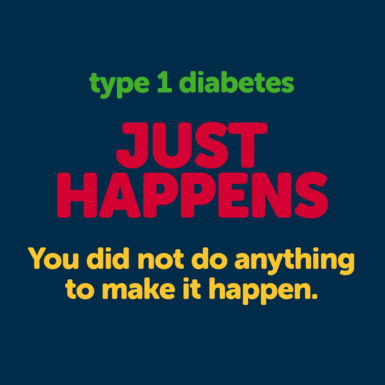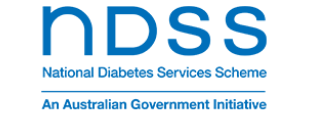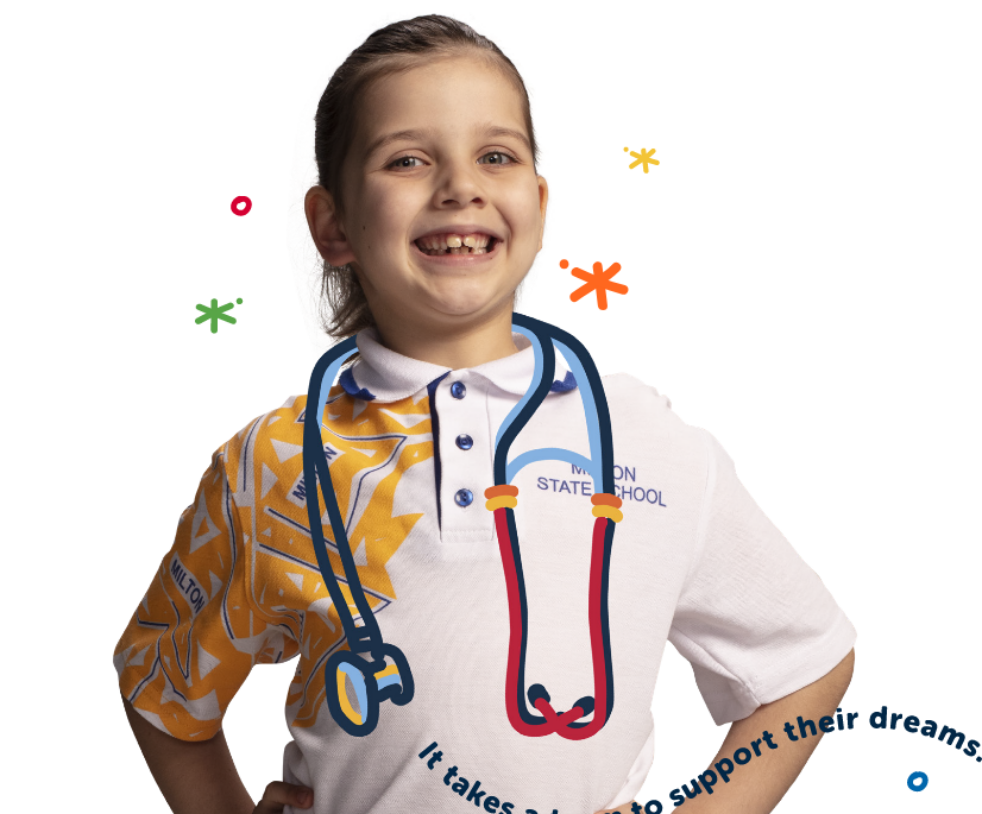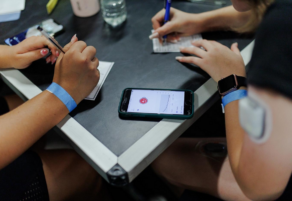There’s no stopping you!
If you’ve just been diagnosed with type 1 diabetes, or you’re starting at a new school, it’s normal to wonder what other people might be thinking. There’s a lot of new information to understand for everyone. The important thing to remember is that you are still you!
While you have to do blood glucose checks, inject insulin or use an insulin pump, you can still do everything your friends do, go to each other’s homes, the local park or the movies, go on excursions and camps and be part of a sports team.
There will be staff members at your school who will know all about diabetes and how to support you. Your family will need to meet with them and talk about a management plan.
Sharing your story
It’s a really good idea to tell your friends at your school about your type 1 diabetes. Use your own words in your own way. It might feel scary and that’s OK! Once they know that you’re just the same as you always were, they’ll probably want to know all about it and how they can help you. Your friends can sometimes understand things that your family, teachers, or your diabetes team don’t — so talk to them. You might want to tell other people at your school too. Some kids find it helps to talk to the whole class or room about their diabetes. If you do, your family or diabetes team can help you with what to say.

Talking about type 1 diabetes
Some people might say silly things because they don’t know what type 1 diabetes is. We don’t fully know what causes type 1 diabetes, but we do know it’s nothing that you or anyone else has done to cause it. You might hear things about type 1 diabetes that upset or worry you. This is very normal, especially if you’ve just been diagnosed. So if you do, the best thing is to talk about it. Talk to your family or diabetes team who can work through these things with you. Don’t keep it to yourself — there is a very good chance that you can feel better with some help from people that care about you.

We don’t fully know what causes type 1 diabetes and why some people get it and others don’t. But we do know it’s not something you can prevent — and it’s cause is nothing to do with eating lollies (or any other sugary foods).
Type 1 and type 2 diabetes are different. People with type 1 diabetes don’t produce any insulin, so the only way to treat it is with insulin injections or a pump. It usually develops sometime in childhood but can occur at any age.
People with type 2 diabetes don’t produce enough insulin or their insulin isn’t working properly. It can be treated by a combination of eating a balanced diet, keeping active and medicines, which might include insulin. It usually occurs later in life and is more common in adults.
There is no known cure for diabetes. Once a person is diagnosed with type 1 diabetes, they have it for life. But it can be successfully managed by taking insulin, eating a healthy balanced diet and keeping fit and active.
Celebrations often include a lot of activity and energy to be used up. I don’t need to be treated differently; I can still enjoy the same experiences, the same as my classmates, with careful planning, checking of my glucose and adjusting of insulin.
To reduce any delay in my diabetes management, especially if I am having a low, it is safer for me to check my glucose level in the classroom. Checking my glucose level and giving my insulin in the classroom as my classmates are leaving class for lunch will also reduce the time that I am away from my break. If I need privacy, a private place close to my classroom may need to be provided.
When I am active, my muscles will use glucose for energy, and even though this may cause my glucose level to lower during, immediately or hours after the activity, this can be managed with careful planning, checking of my glucose level, adjusting my insulin and by eating additional carbohydrates.
Links
Resources for kids and teens with type 1 diabetes.






